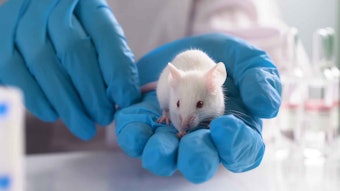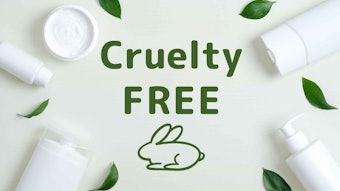As most of the industry is aware, regulation No. 1907/2006 is in effect, better known as REACH or the Registration, Evaluation and Authorization of Chemicals. A complete listing of the directive was published Dec. 30, 2006, in the Official Journal of the European Union, and at more than 800 pages, it may require a few cups of coffee to review. In brief, however, REACH is a program designed to improve upon the old method of regulating chemicals in the European Union (EU).
Under the old EU method, only new chemicals or chemicals introduced after the year 1981 were required to undergo safety testing. Established chemicals or those introduced before 1981 were exempt from testing requirements, unless a local European authority deemed testing as necessary. Thus, the old method put the burden of demanding safety information for an established chemical on local authorities. However, with the new REACH regulations, manufacturers are now required to provide safety information on all chemicals they produce that are sold, manufactured, or imported into the EU in a quantity that is greater than or equal to one ton per year. This means that safety data must now be collected for more than 30,000 existing and established chemicals.
The idea of gathering data on so many chemical substances is staggering, to say the least. Even with companies sharing data on common chemicals and using alternative forms of safety assessment, such as computer based quantitative structure-activity relationship (QSARs) analysis, it has been estimated that several million animals may need to be sacrificed to screen all of the presently existing chemicals on the market.
Luckily, the authors of the REACH directive had the foresight to recognize the impact of such a large amount of testing on animal use and mandated that in vitro testing methods should be used as animal testing alternatives whenever possible.









![A 2019 petition to the House of Commons stated, 'We, the undersigned residents of Canada, draw the attention of the House of Commons ... [that] animal testing is unnecessary to prove the safety of cosmetic products.'](https://img.cosmeticsandtoiletries.com/files/base/allured/all/image/2023/01/animal_testing_ban_canada_dreamstime_m_215632720.63d313232306d.png?auto=format%2Ccompress&fit=crop&h=191&q=70&rect=0%2C73%2C1800%2C1013&w=340)
